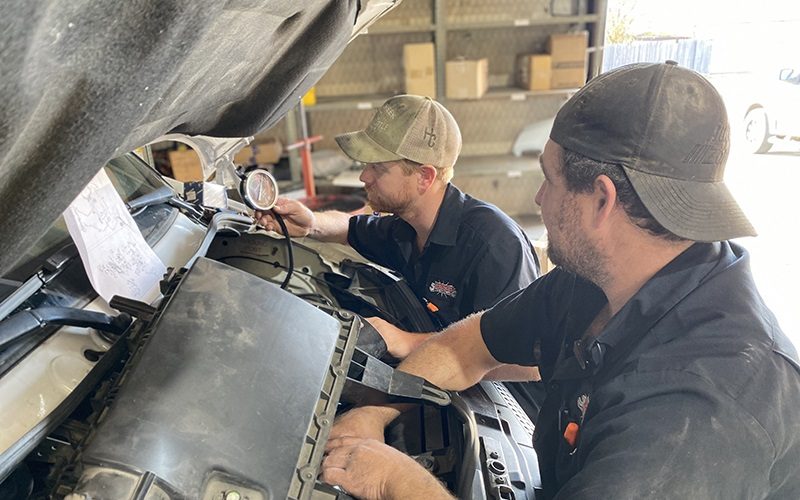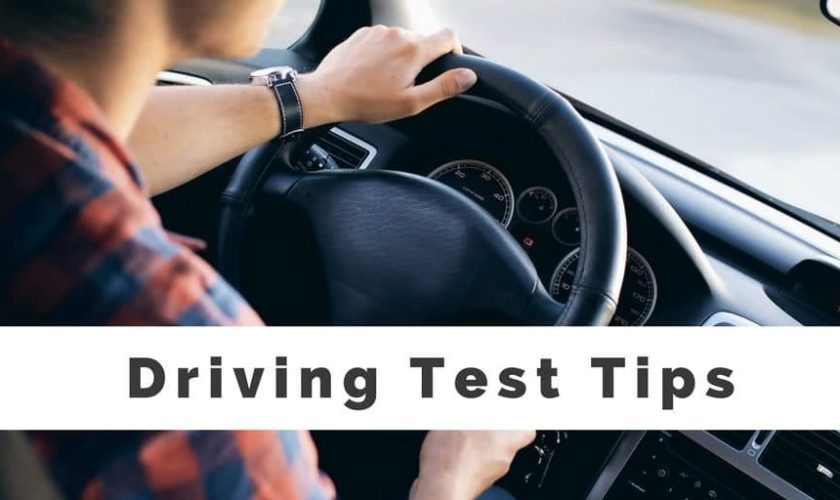A pleasurable and controlled driving experience may be had by greatly improving your car’s handling and ride quality via suspension customization. Knowing how various suspension adjustments affect your car is crucial, whether your goal is to ride your car more smoothly on regular roads or to perform better on the racetrack. The advantages and things to think about while modifying the suspension system in your automobile are discussed in this article.
Recognizing Fundamentals of Suspension
Knowing the basics of your car’s suspension system is essential before you start customizing. Stability, stress absorption, and tire contact with the road are all handled by the suspension system. It is made up of parts like control arms, struts, springs, and shock absorbers. The way your car handles and rides is influenced by each component. Knowing these fundamentals enables you to choose the alterations that will best suit your requirements.
Modernizing Struts and Shock Absorbers
Changing the shock absorbers and struts is one of the most popular suspension adjustments. High-performance shock absorbers are designed to give you more control over how the car moves, which enhances handling. They improve overall stability by lowering body roll during turns and assisting in keeping tires in contact with the pavement. Upgraded performance struts, which combine springs and shocks, may also provide better handling and responsiveness. The Auto Repair Services in South Bend, IN (Roseland) can do this work for you. Think about things like driving circumstances, how the car is used, and how you want to strike a balance between comfort and performance when selecting new shocks or struts.
Using Springs to Improve Ride Quality
The ride quality of your automobile may be significantly impacted by the springs you pick for the suspension. The two main kinds of springs used in automobiles are coil and leaf springs, each of which has unique advantages. By lowering the vehicle’s center of gravity, performance coil springs may enhance handling and lessen body roll. Lower springs, however, could make the ride more rigid. Performance springs are intended to provide a balance between handling and comfort, so you may enjoy a more pleasant ride. You may also customize the ride quality to your liking with air springs and adjustable coilovers.
Expert Configuration and Adjustment
To get the best performance and safety when customizing your suspension, thorough installation and tuning are necessary. Expert installation lowers the possibility of problems like uneven tire wear or handling concerns by ensuring that all components are fitted and positioned correctly. Professional tuners may also modify your suspension setup to better suit your driving tastes and style, enabling you to get the ideal handling and ride quality ratio. Maintaining the effectiveness of your tailored suspension over time also requires routine maintenance and frequent inspections.


